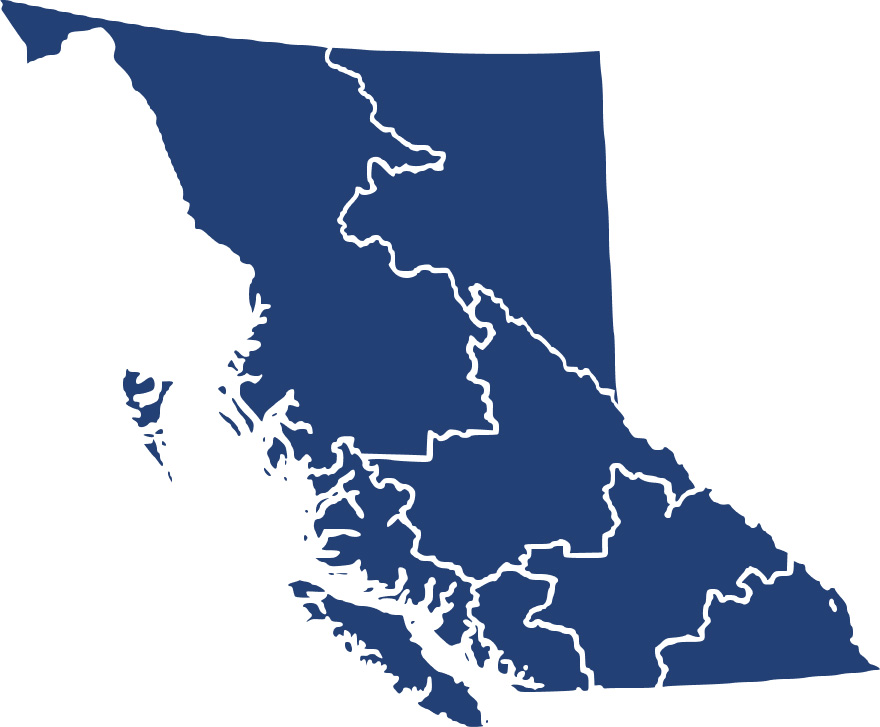Career Overview
Papermaking and coating control operators:
- Run and monitor multi-function process control machinery and equipment to control the processing of paper, paper pulp and paperboard
- Work for pulp and paper companies
Duties
Papermaking and coating control operators perform some or all of the following duties:
- Operate, coordinate and monitor the operation of papermaking and papercoating process equipment from central control room or from machine consoles and control panels in equipment cabins to make paper from pulp stock, mix chemicals and dyes, and coat paper products
- Control process operations and machinery using a distributed control system and process computers
- Look at panel indicators, gauges, video monitors and other instruments to detect equipment malfunctions and make sure papermaking and coating processes are operating according to process specifications
- Analyze instrument readings and production test samples and make adjustments or direct other papermaking and finishing machine operators to make adjustments to papermaking and coating process and equipment as required
- Complete and maintain production reports
Earnings
Earnings is income that workers receive in exchange for their labour. Depending on the type of employment, earnings can be in the form of wages (hourly), salaries (fixed monthly or annual) or self-employed earnings.
Work Environment
# Workers Employed
150% Employed Full Time
77%Key aspects of the work in this occupation:
- Work takes place in a regular controlled indoor setting
- Workers may be exposed to chemicals and dyes that may be hazardous to health
- The workplace many contain strong or toxic odours
Career Pathways
There is limited movement among jobs within this occupational group.
Progression to supervisory positions is possible with experience.
Related Careers
Occupational Interests
It’s important to understand what kinds of occupations align with your interests.
For more about occupational interests visit Skills for the Future Workforce > Characteristics.
Here are the top occupational interest(s) for this career profile:
Job Titles
Education, Training and Skills
- Completion of secondary school is required
- A college or other program in forest products processing or a related subject may be required for pulping control operators
- Completion of several weeks of formal company training and several months of on-the-job training is required
- Several years of experience as a pulp mill, papermaking or finishing machine operator within the same company is usually required
- A certificate in industrial first aid may be required
- A competency certificate in natural gas may be required
Education programs in B.C.
The following program areas are related to this occupation:
- Forestry Related

Skills
Every job calls for a certain set of skills. Knowing those skills is the first step in finding a good career fit.
Here, you will find the 10 most relevant workplace skills. Some are more important to achieving success in a certain career than others. These skills may come naturally to you or you may need to gain them through education, training and experience.
See the list of work-related skills below, ranked in order of importance for this career. Check out the list and see if this career matches your skills—take that first step!
Watching gauges, dials or other indicators to make sure that a machine is working properly.
Keeping track of and assessing your performance, other individuals, or organizations to make improvements or take corrective action.
Controlling operations of equipment or systems.
Using logic and reasoning to identify the strengths and weaknesses of alternative solutions, conclusions or approaches to problems.
Conducting tests and inspections of products, services or processes to evaluate quality or performance.
Giving full attention to what other people are saying, taking time to understand the points being made, asking questions as appropriate, and not interrupting at inappropriate times.
Understanding written sentences and paragraphs in work-related documents.
Managing one’s own time and the time of others.
Considering the relative costs and benefits of potential actions to choose the most appropriate one.
Understanding how new information could be used to solve current and future problems in making decisions.
Labour Market Statistics
Discover data, facts and information that have been gathered and analyzed. Learn about the characteristics of the economy and labour market in B.C.
Employment
Find out about employment types and trends by region and industry.
Employment
150Employment by Region















| Region | Employment | % Employment of this Occupation |
|---|---|---|
| Cariboo | 50 | 33.3% |
| Kootenay | 10 | 6.7% |
| Mainland/Southwest | 15 | 10.0% |
| North Coast and Nechako | 0 | 0.0% |
| Northeast | 15 | 10.0% |
| Thompson-Okanagan | 10 | 6.7% |
| Vancouver Island/Coast | 55 | 36.7% |
Labour Market Outlook
The B.C. Labour Market Outlook is a 10-year forecast of the expected supply and demand for labour in the province. It’s usually updated every year. The purpose is to provide British Columbians with the knowledge to make informed decisions on careers, skills training, education and hiring.
Forecasted Job Openings (2023-2033)
60Forecasted Job Openings
Forecasted Employment Growth Rate
Composition of Job Openings
Job Openings by Region (2023-2033)















| Region | Job Openings | Avg. Annual Employment Growth |
|---|---|---|
| Cariboo | 40 | 0.1% |
| Kootenay | Not available | Not available |
| Mainland/Southwest | 0 | -1.9% |
| North Coast and Nechako | Not available | Not available |
| Northeast | Not available | Not available |
| Thompson-Okanagan | Not available | Not available |
| Vancouver Island/Coast | 10 | -2.1% |
Industry Highlights
Learn about the opportunities in B.C.'s major industries, including employment trends, earning potential, locations of work and more.
Forecasted Job Openings by Industry
| Industry | Job Openings (2023-2033) |
|---|---|
| Manufacturing | 60 |
Resources
Resource information is currently not available.








